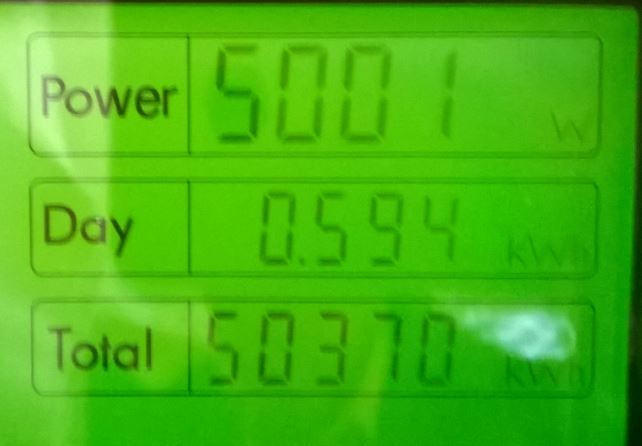 Do Solar Panels Collect More Electricity in Summer Than in Winter?
Do Solar Panels Collect More Electricity in Summer Than in Winter?
Well there’s no doubt about it there’s certainly more sunlight around in the summertime than there is in the winter time because the days are longer.
But do you collect more electricity from your solar panels in the summertime than you do in the winter time.
Generally speaking we tend to collect more electricity in the summertime but it’s not always a huge difference than what we can collect in the winter.
Now why would that be?
We have 6 kW of solar panels on our roof and they face true North at an angle of 27°. That’s perfect for us because that’s the latitude where we live, 27° south of the equator.
In the summertime we can get up to 14 hours of sunlight but in the winter time we don’t get anything like that. So why wouldn’t we collect significantly more electricity from our panels during the summer than we do through the winter?
The problem is, the hotter the temperature the less efficient solar panels are and in fact, people new to the game can be absolutely amazed in the middle of the day that their 5kw system is only producing 3.8kW. The attached photo was taken in early spring soon after the sun came up as can be seen just over ½ a kilowatt hour had been collected for that day at that time.
The power coming in is just a little over 5 kW which is pretty rare to see. It’s a little over because we have a 6 kW system with a 5 kW inverter.
During late winter and through spring the sun is not as aggressive. Whilst there is less hours
of sunlight each day, the panel’s work much more efficiently and usually collect more kilowatt
hours per hour on the cooler days than on the longer hotter days <<LEARN MORE>>
On a perfect summer’s day with the extended daylight hours, it’s not uncommon for our system to collect more than 30 kWh per day, and yet on a much shorter day in spring, autumn or even winter, with significantly less daylight hours we can frequently collect only ½ to one peak sun hour less.
That’s often more than 26kW of collection on a cool autumn, winter or spring day.
John Lynn
www.suburbanoffgridliving.com

